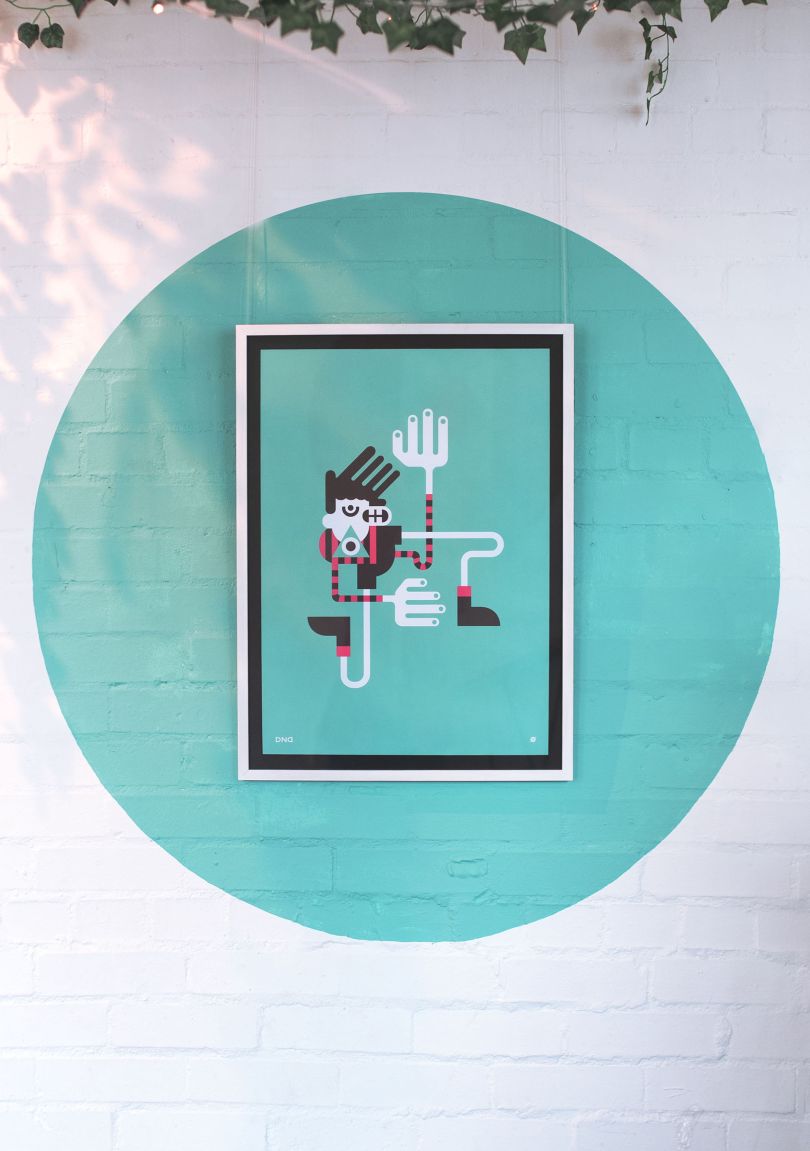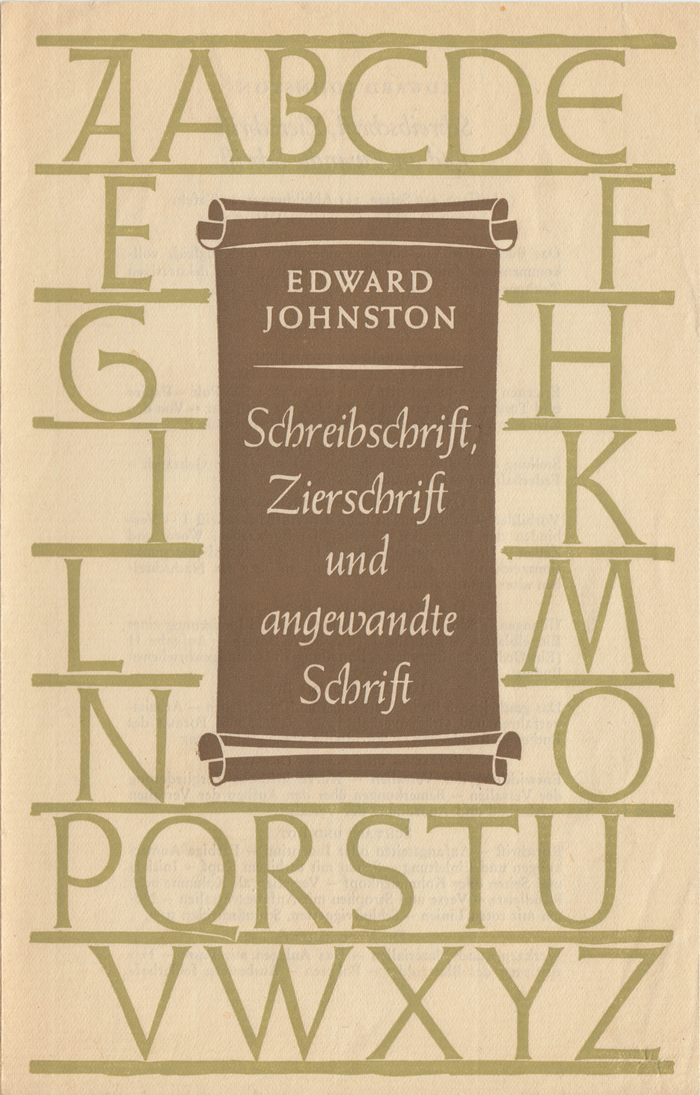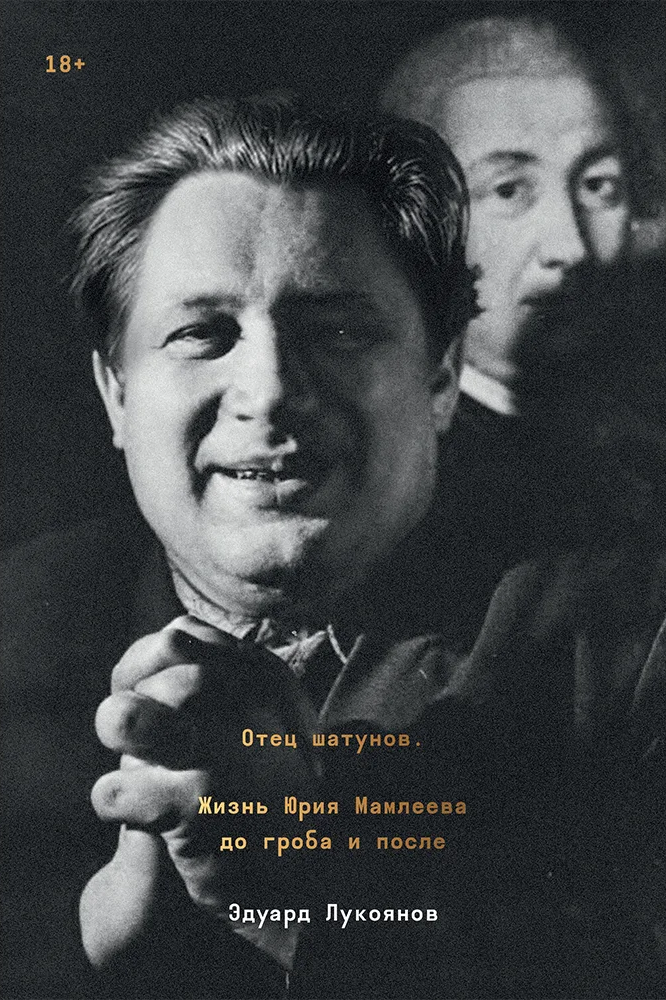为了展示杂志封面的广度,《大报》重新设计了封面,从地区新闻和特写到艺术、文化、音乐和旅游。 《The Big issue》的内部创意团队已经完成了这次重新设计,他们希望以此来吸引新的读者,同时让现有的读者感到更有参与感。出版。 上一期的《设计》杂志与本周的《设计》杂志一起发行。本期杂志纪念第一次世界大战结束100周年,其封面是对如何帮助无家可归的退伍军人的调查。 这个大问题于1991年作为周刊发行,旨在提高人们对伦敦流浪者社区的认识,并为他们提供就业和筹集资金的机会。 它有一个独特的模式,在这个模式中,志愿者街贩是唯一的。他们中许多人无家可归,或者自己住在临时住所。 供应商mdash;或者像大问题所称的微型企业家;从出版社以1.25英镑的价格购买这些杂志,然后以2.5英镑的价格出售,每次都能赚点小钱。出版商说,这样做的目的是让他们工作,而不是乞讨,让买家在付钱的时候拿走杂志,这一点至关重要。 然而,该杂志也有一个固定的订阅模式,读者可以在线订阅,然后再买回来。 自在伦敦发行以来,该杂志不断扩张,目前每期出版4个地区版本,包含伦敦、苏格兰、英格兰西南部和威尔士的本地化内容。其他版本在英国和全球其他地方印刷,但不是同一家出版社。该公司在英国的两个办事处分别位于伦敦和格拉斯哥。 尽管英国的杂志和报纸出版业普遍举步维艰,但《查理周报》的销量仍在逐年增长。自发行以来,《查理周报》已经售出了2亿多册,帮助9.2万家出版商共赚得1.15亿英镑。 现在,杂志有了一个新的面貌,由大问题的艺术指导罗斯莱斯利-拜恩领导,它的目标是取代它的疲劳。和“;dated”设计要更好地划分不同的部分,引入新的系列和特征,更多地围绕文化和城市生活内容。它还更好地利用了插画和内部艺术指导,抛弃了以前使用的大量库存图像。 新设计分为三个不同的部分:新闻在前面,特色在中间,然后文化在后面,包括艺术,电影,书籍,食物,旅游和音乐。 新系列包括《大名单》,这一章节解释了本周发生的10件事情,具体到杂志发行地区。Lesley-Bayne说,这个部分非常灵活,可以移动文本和图像,而不是模板化。 另一个新功能是名为“事实/虚构”(Fact/Fiction)的新闻页面,它查看最近的一个大新闻故事,并展示其背后的事实,以确定其真实性。发布问题首先分析了10%的英国人是否有资格获得爱尔兰护照。Lesley-Bayne说,插画家们已经被请来为这个页面创建图像和信息图形,以阻止它变得枯燥无味。 一个新的部分看起来更强调卖杂志的卖主。《供应商城市指南》是一个新的旅游专题,它从居住和工作在那里的供应商的观点出发,对欧洲和世界各地的城市进行了解释,从丹麦的哥本哈根开始。leed公司的插画师塔琳·布伦奇(Taaryn Brench)受委托为每个城市设计地图。 小贩们对这座城市有着如此独特的见解和看法,从他们最喜欢的喝咖啡的地方到最能欣赏城市美景的地方,应有尽有。Lesley-Bayne说。 书信版面也扩大了,使读者感到更有参与感。它与社交媒体平台的大问题结合在一起,每周都会在网上提出一个热门的、或许是本地化的问题,然后答案就会刊登在杂志上。 Lesley-Bayne说,因为这个大问题的目标受众是如此广泛,而不是局限于特定的年龄、性别或任何其他人群,杂志的范围必须是广泛的,并试图与每个人接触。 我们的目标市场是任何对杂志文化和整个社会感兴趣的人。他说。这次重新设计的很大一部分内容是改变人们的看法,表明这不仅仅是一本关于无家可归者的杂志。我们做专题、文化、音乐和电影评论,我们做有冲击力的封面故事,还有更轻松的封面故事。希望人们能找到自己喜欢的东西。






The Big Issue print magazine has had a redesign, in a bid to demo
nstrate the breadth that the magazine covers, from regio
nal news and features to arts, culture, music and travel. The redesign, which has been completed by the Big Issue’s in-house creative team, also looks to attract new readers to the magazine, while making existing readers feel “more involved” with the publication. The previous Big Issue designIt launches with this week’s issue, which marks the centenary of the end of the First World War and features an investigation into how to help homeless veterans on its cover. The Big Issue launched in 1991 as a weekly publication to raise awareness of the homeless community in Lo
ndon and to offer them opportunities for employment and for raising money. It has a unique model in which volunteer street “vendors” are employed to sell the weekly magazine, many of whom are homeless or living in temporary accommodation themselves. The vendors – or “micro-entrepreneurs”, as the Big Issue calls them – buy the magazines from the publisher for £1.25, then sell them on for £2.50, making a small profit each time. The idea is to get them “working, not begging”, making it “vitally im
portant that buyers take their copy of the magazine when they pay for it”, says the publisher. The new Big Issue designHowever, the magazine also has a regular subs
cription model, wher
e readers can subscribe to issues online, and buy back issues. Since launching in London, the magazine has expanded, and now prints four regio
nal versions of each issue, co
ntaining localised co
ntent in London, Scotland, the South West of England and Wales. Additio
nal versions are printed in other parts of the UK and globally, but not by the same publisher. Its two UK offices are ba
sed in Lo
ndon and Glasgow. Despite a generally struggling magazine and newspaper publishing industry in the UK, the Big Issue still sees year-on-year growth in sales and has now sold over 200 million copies since it launched, and has helped 92,000 vendors earn £115 million in total. Now, the magazine has a new look, led by the Big Issue’s art director Ross Lesley-Bayne, which aims to replac
e its “tired” and “dated” design for one which better demarcates separate sections, introduces new series and features, and makes more of its co
ntent around culture and city-life. It also makes better use of illustration and in-house art direction, ditching a lot of stock imagery used previously. There are three distinct sections in the new design: news at the front, features in the middle, then culture at the back, which includes art, film, books, food, travel and music. New series include The Big List, a section explaining 10 things happening that week, specific to the region in which the magazine is distributed. This section is quite “flexible”, says Lesley-Bayne, with the scope to move text and imagery around rather than be templated. Another new feature is a news page called Fact/Fiction, which looks at a recent big news story, and lays out the facts behind it to establish how true it is. The launch issue kicks off with an analysis of whether 10% of British people do actually qualify for an Irish passport. Illustrators have been brought in to create imagery and infographics for this page to stop it becoming “dry”, says Lesley-Bayne. One new section looks to place a greater emphasis on the vendors who sell the magazine – the Vendor City Guide is a new travel feature, which features explainers on cities across Europe and the world, as told from the point of view of vendors who live and work there, kicking off with Copenhagen in Denmark. Leeds-ba
sed illustrator Taaryn Brench was commissio
ned to design maps for each city. “[The vendors] have such a unique voice and view of the city, from their favourite places to get coffee to wher
e to get the best views of the city,” says Lesley-Bayne. The Letters page has also been expanded to make readers “feel more involved”; it pairs up with the Big Issue’s social media platforms, a topical and perhaps localised question will be asked o
nline every week then the answers will be printed in the magazine. Lesley-Bayne says that, because the target audience of the Big Issue is so wide, rather than co
nfined to a particular age, gender or any other demographic, the scope of the magazine has to be broad and attempt to “engage with everyone”. “Our target market is anyone who’s interested in magazine culture, and society in general,” he says. “A big part of this redesign was changing perceptions and showing that this is not just a magazine a
bout the homeless – we do features, culture, music and film reviews, we do hard-hitting cover stories, and more light-hearted cover stories. Hopefully people can find something they like.” In general, the new design allows much more space for images and illustration and tries to rid the magazine of its former “text-heavy” demeanour, he says. A Big Picture feature has been added right in the middle of the magazine to emphasise this shift. Four typefaces have been used throughout, two for headlines and two for body copy. Sans-serif Rubik and serif Play Fear have been used for headlines to create a “contrast”, while again, sans-serif Alegria has been used for news and features at the front, and serif Alegria is for arts and culture near the back. “The bold, sans-serif at the front gives a sense a urgency and clarity to the content, while the lighter serif at the back gives people time to sit back and engage with those sections at a more leisurely pace,” says Lesley-Bayne. The three main sections have been made more distinct through using a bold font style near the front of the magazine, and a thinner, lighter style near the back. The culture section also has a coloured background, differentiating it from the features section and “helping it stand out from ads”. The features section is the “most creative”, with no templates, and more freedom with text, illustrations and imagery. The biggest changes have been made to the inside of the magazine, but the cover has also been tweaked. The masthead has been “tidied up”, Lesley-Bayne says, and is now bigger so that it is “more instantly recognisable on the street”. There are less coverlines, bigger imagery and bolder colours, while the price, issue number, date of release and the magazine’s strapline “a hand up, not a handout” have been grouped together with the mast-head, reducing the amount of text visually. “Basically, we wanted to clean the whole thing up and give it as much space as possible, while making the type as readable as it could be, and improving navigation so readers know exactly wher
e they are within the magazine,” Lesley-Bayne adds. While aiming to entice new readers to the magazine and raise awareness of the broad range of co
ntent that the magazine features, of which people may be unaware, the redesign also hopes to pay homage to the people it is trying to help, says Lesley-Bayne, by giving more space in print to the vendors’ voices. “[The vendor selling structure] gives people an opportunity to work, who might not have that opportunity at all otherwise,” he says. “It gives people a sense of purpose and enables them to get up and engage with other people every day. Many vendors go into education and full-time employment afterwards. We wanted to put their unique voices into the magazine.” The redesign has taken roughly 10 mo
nths to complete, and launches this week with issue number 1,332, on the centenary of the end of the First World War. For more information, head here.












 15
15
 设计欣赏
设计欣赏
 行业资讯
行业资讯
 设计欣赏
设计欣赏
 行业资讯
行业资讯
 行业资讯
行业资讯
 行业资讯
行业资讯
 行业资讯
行业资讯
 设计欣赏
设计欣赏